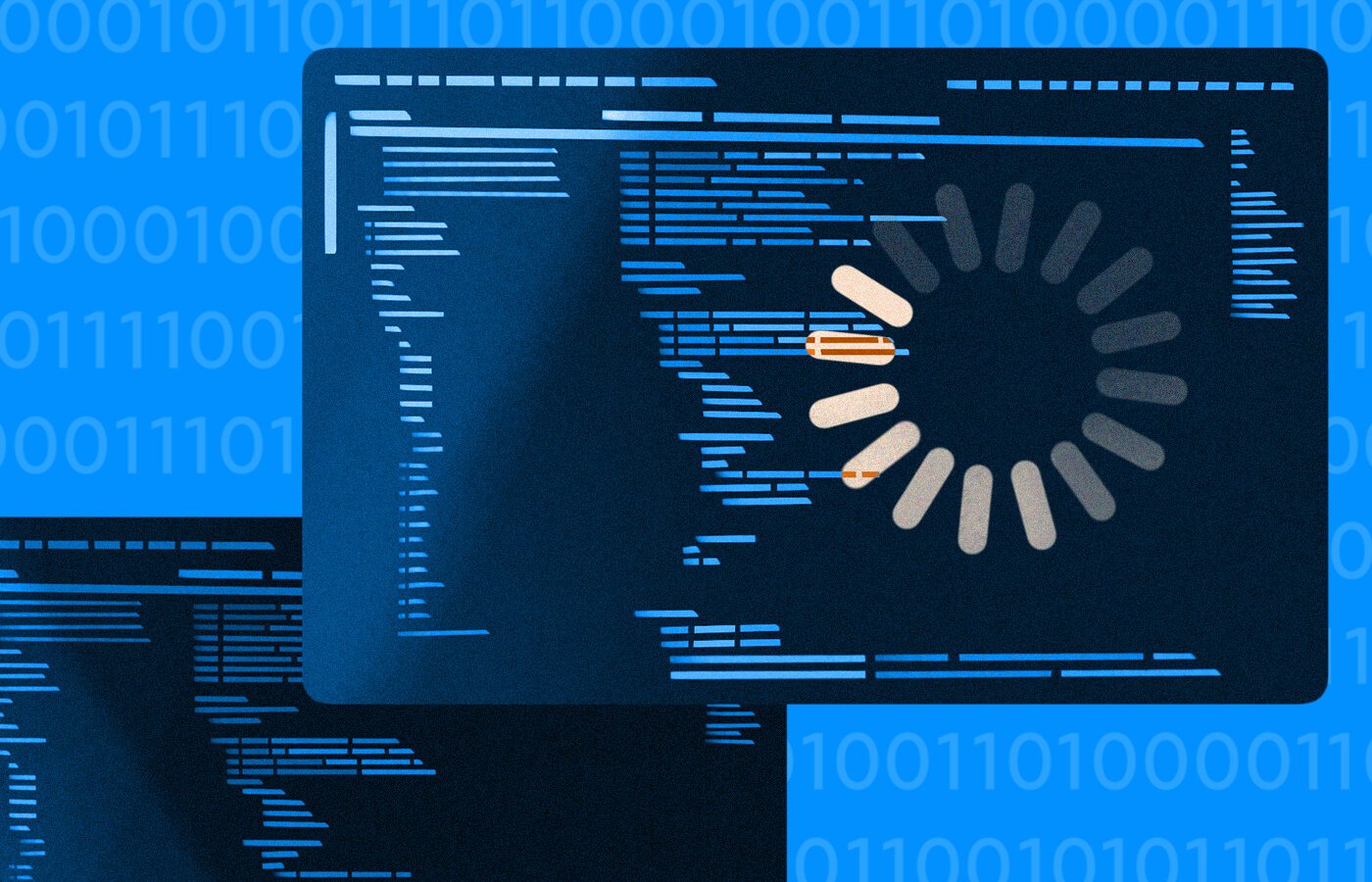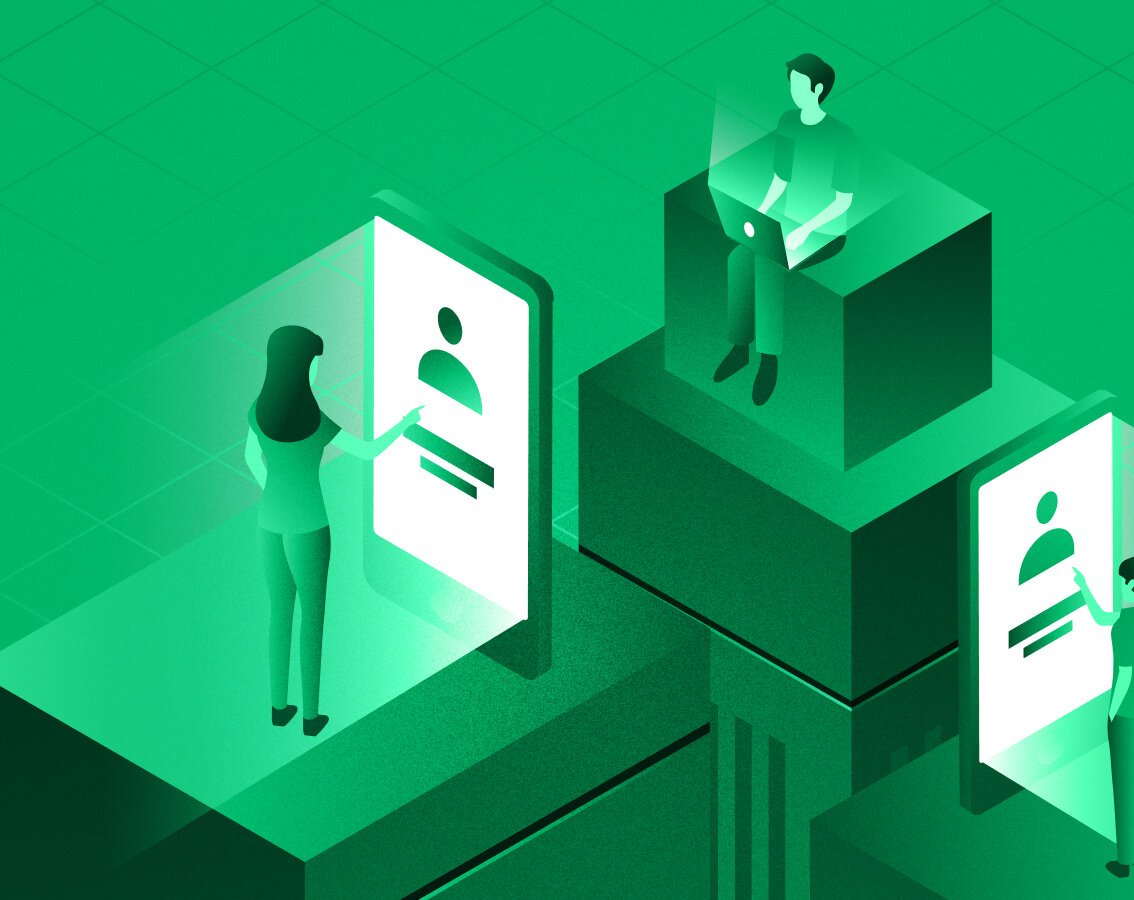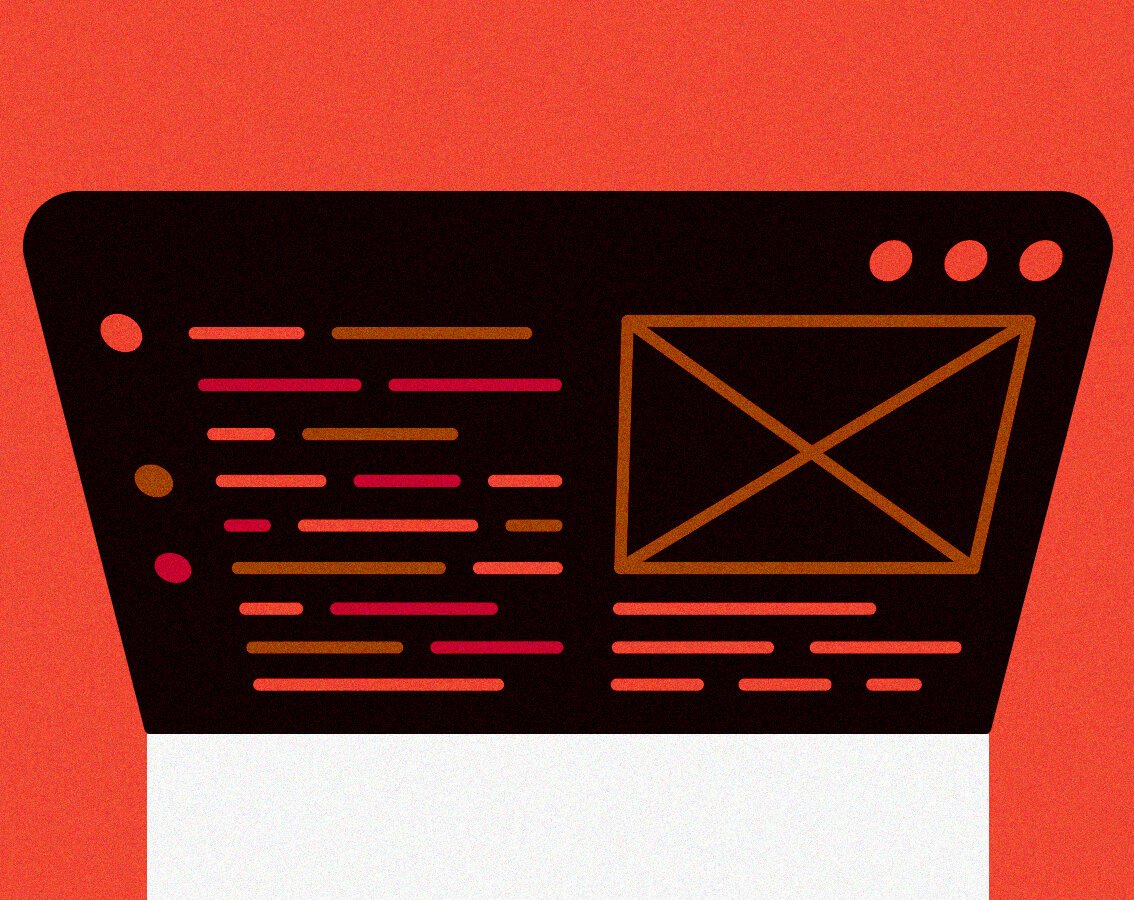blog
What’s Next? Top Software Development Trends in 2025
By Mohan S Software development Digital transformation February 17, 2025

Software development is at an inflection point, driven by AI, automation, and decentralized technologies.
For CXOs, staying ahead means understanding how AI-driven development, low-code platforms, quantum computing, and DevSecOps will redefine business agility and security.
The rise of spatial computing, blockchain applications, and intelligent automation will further reshape enterprise software. This article explores the key trends shaping 2025 and beyond - helping executives align software investments with future-proof innovation.
1. AI-Driven Evolution
AI is already mainstream but will continue transforming software development.
Enhancing Developer Productivity
AI-powered coding assistants automate repetitive tasks, optimize code, and accelerate development. This allows engineers to focus on architecture and innovation rather than boilerplate work.Embedding Security in Development
AI-driven security tools detect vulnerabilities in real time, reducing risk and ensuring compliance. By shifting security left, organizations minimize technical debt and strengthen application resilience.Optimizing Engineering Operations
AI automates code reviews, documentation, and testing, cutting costs and improving software reliability. Teams can deliver faster with fewer resources while maintaining quality.
2. Low-Code and No-Code Expansion
No-code and low-code tools lower the entry barrier for software development. At the same time, their feasibility will depend on business needs, complexity, and scalability.
Faster Prototyping and Deployment
No-code platforms enable non-technical users to build and launch applications quickly. Entrepreneurs and small businesses use them to validate ideas, create MVPs, and automate workflows without extensive development teams.Cost Efficiency and Accessibility
With pre-built templates and drag-and-drop tools, low-code solutions reduce development costs. They are ideal for internal business tools, content management, and simple e-commerce platforms, making them accessible to startups and non-tech teams.Scalability and Limitations
No-code platforms struggle with complex applications requiring custom logic, AI, or high scalability. While they work for prototyping, most successful startups eventually rebuild with custom code to support growth and flexibility.Strategic Use Cases
Companies leverage low-code solutions for CRM systems, workflow automation, and basic SaaS products. However, mission-critical software and AI-driven applications still require traditional engineering.
3. Industry-Specific Software Disruption
Software isn’t evolving the same way everywhere. Some industries are still stuck with clunky legacy systems, while others are already pulling ahead with AI and automation.
ERP and MRP systems, for example, have been long awaiting reinvention. AI-driven, cloud-based alternatives can replace them, making workflows smoother and decision-making faster.
In fields like healthcare, law, and construction, generic software doesn’t cut it. Companies need tools built for their specific problems—whether it’s regulatory compliance, managing complex projects, or securing sensitive data. BIM (Building Information Modeling) is also evolving, with open standards like IFC4.3 making data more shareable.
Construction project management will become less chaotic, and digital twins will let companies monitor infrastructure in real time. The trend is clear: software is becoming more specialized, more automated, and more deeply embedded in how industries work.
4. Robotics, IoT, and Automation
Drones and robots, once mainly for the military, are now managing farms, inspecting infrastructure, and running warehouses. They’re cheaper, smarter, and increasingly independent.
Factories and supply chains are also changing. Industrial robots aren’t just repeating tasks anymore; they’re adapting, learning, and optimizing processes in real time. Meanwhile, IoT is turning raw data into decisions, powering smarter cities, self-monitoring infrastructure, and autonomous systems that improve as they go.
The pattern is familiar: as costs drop and capabilities increase, what once seemed futuristic becomes ordinary. The industries that adapt fastest will have the biggest advantage.
5. Ethical and Sustainable Software Development
As systems grow more powerful, they also get more complex, harder to maintain, and more energy-hungry. The best leaders don’t just make things faster, they make them simpler, fairer, and more sustainable.
Strategies for Sustainable Development:
Green Coding: Writing optimized, efficient code that reduces computational overhead and energy consumption.
Sustainable Hosting: Choosing cloud providers and data centers powered by renewable energy.
Lifecycle Management: Designing software with longevity in mind, including maintenance, upgrades, and ethical decommissioning.
Regulatory Compliance: Aligning development practices with evolving AI and data privacy regulations.
6. The Rise of Spatial Computing
Hardware is improving, software is catching up, and companies are betting on a future where computing happens all around us, not just on a screen.
Beyond Screens: AR and VR are still clunky, but that’s temporary. As hardware improves, computing will shift beyond screens into immersive, spatial experiences. Instead of being locked to a rectangle, interfaces will integrate seamlessly with the physical world.
Glasses-Less Interaction: Companies are investing in spatial computing without bulky headsets, exploring projection-based AR and lightweight wearables. The goal is simple: turn any space into an interactive environment, from virtual workstations to real-world navigation overlays.
A New UI Paradigm: Future interactions won’t be limited to touchscreens or keyboards. Holographic interfaces and mixed reality environments will redefine how we work, collaborate, and navigate the digital world. The shift will be gradual, but once it takes off, traditional screens will feel outdated.
7. Intelligent and Adaptive Software Interfaces
Software interfaces are shifting from static, menu-driven designs to natural language and AI-powered interactions. Conversational AI and LLMs will replace traditional UIs creating seamless and intuitive experiences. Software will become adaptive, responding to user behavior in real time, reducing friction, and automating tasks.
Meanwhile, Software-Defined Everything (SDE) will drive modularity, allowing businesses to customize applications like building blocks. Companies that embrace AI-driven, flexible, and predictive software will gain a competitive edge in the next wave of digital transformation.
Conclusion
Software is changing, but not all at once. AI, automation, no-code tools, and spatial computing are evolving at different speeds, reshaping how we build and interact with technology. The best software won’t just be faster or more scalable, it will be simpler, more adaptable, and more user-focused.
The real winners won’t just adopt new technologies, they’ll rethink how software fits into people’s lives.


